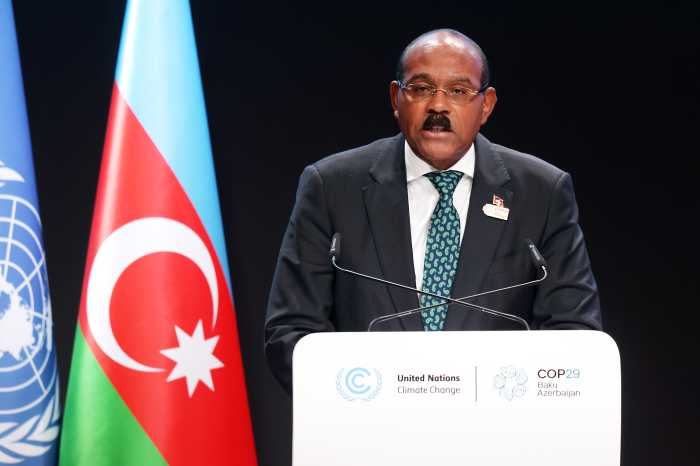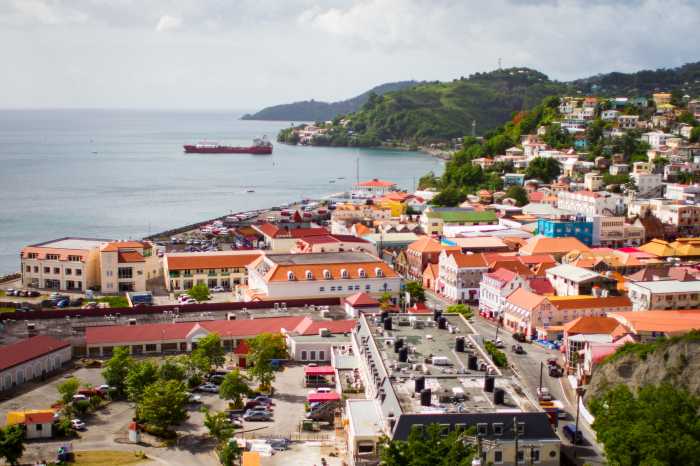St. Lucia receives annual tourism revenues in excess of 31 percent of its gross domestic product (GDP), while in Bahamas and Antigua and Barbuda tourists spend the equivalent of 29% of their GDP.
These three Caribbean nations top the list for the share of inbound visitor consumption in the region, according to data published on Monday by the Economic Commission for Latin America and the Caribbean (ECLAC) in its publication, “Latin America and the Caribbean: macroeconomic indicators for tourism.”
The report says that the tourist sector plays a “crucial role” in many of the region’s economies, in terms of job creation and production, as well as currency generation.
“This document shows the economic importance of this sector in a given country and assesses some of its main characteristics,” ECLAC says.
Although for Latin America and the Caribbean as a whole, tourism revenues represent 1.8 percent of GDP (period 1980-2008), for the Caribbean sub-region in particular, this percentage is 16.6 percent.
In Central American countries, the average figure is 5 percent (1980-2009), while for some South American countries (such as Uruguay), the proportion was almost 4 percent for the same period.
The ECLAC report presents the main Latin American and Caribbean results of a project to formulate indicators for the macroeconomic analysis of tourism at the world level, which is being carried out in conjunction with the World Tourism Organization of the United Nations.
The macroeconomic indicators included in the document relate to international tourism, which means revenues that a country receives for the export of tourist services (inbound tourism) and the spending carried out by the country’s residents to import tourism services (outbound tourism).
In most Caribbean countries, indicators for the share of GDP represented by inbound visitor consumption (spending by non-residents) are highly significant, the report says.
The figures for 2009 show that, in several countries, this proportion is around 30 percent. Meanwhile, about 50 percent of these countries’ exports of goods and services would take the form of tourism-related “exports” (travel and passenger transportation account in the balance of payments).
For Central America, ECLAC says these indicators also point to the importance of tourism for these economies, where inbound visitor consumption represented around 10 percent of GDP in 2009 and about 20 percent of exports of goods and services.


























